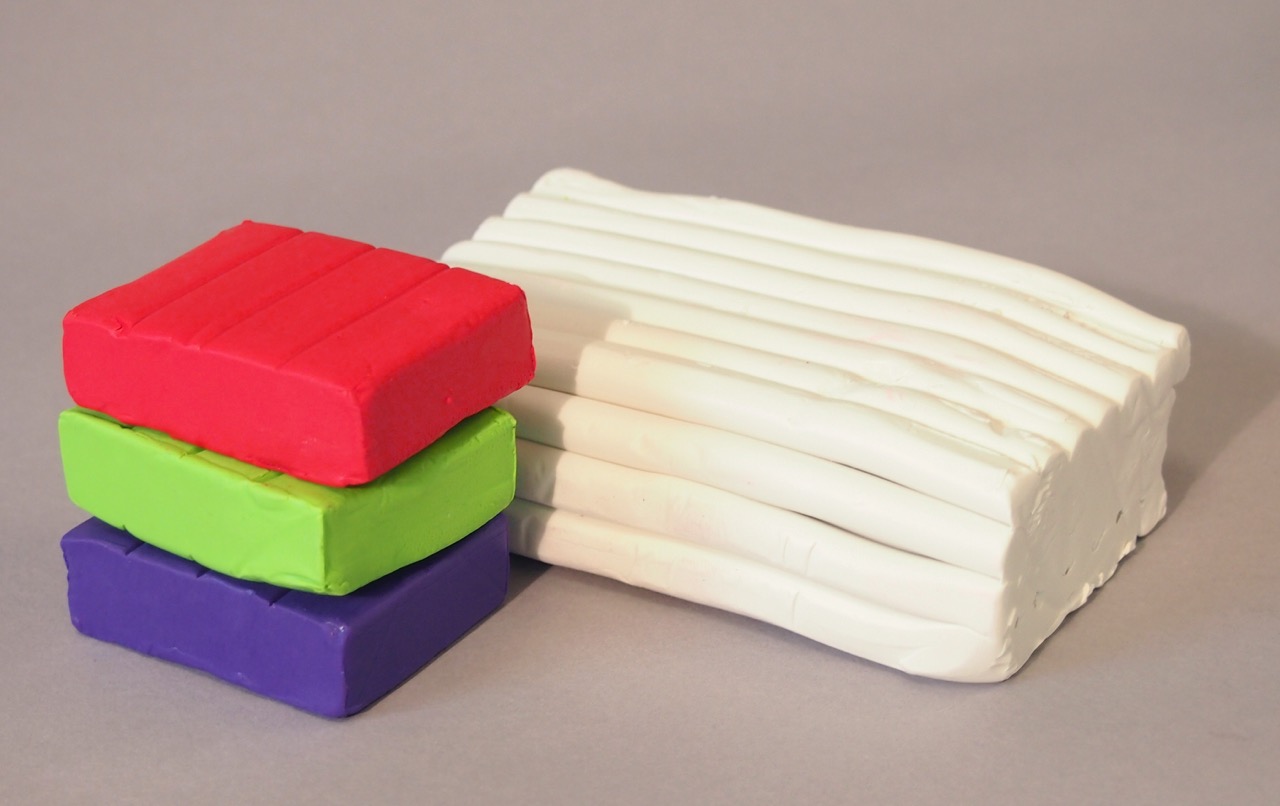

Articles
How To Store Polymer Clay After Opening
Modified: October 28, 2024
Learn the best ways to store polymer clay after opening in this informative article. Discover tips and techniques to keep your clay fresh and ready for your next creative project.
(Many of the links in this article redirect to a specific reviewed product. Your purchase of these products through affiliate links helps to generate commission for Storables.com, at no extra cost. Learn more)
Introduction
Welcome to the world of polymer clay! As a creative artist or hobbyist, you know that polymer clay is a versatile and popular medium that allows you to create intricate and beautiful sculptures, jewelry, and crafts. However, proper storage of your polymer clay is just as important as creating with it. In this article, we will explore the importance of storing polymer clay correctly, the best containers to use, how to clean and prepare them, tips for organizing tools, maintaining the temperature and environment, and additional tips for long-term storage.
Properly storing your polymer clay is crucial to maintaining its quality and preventing it from drying out or becoming unusable. When exposed to air, polymer clay can begin to harden and lose its pliability, which can be frustrating and wasteful. By storing it correctly, you can extend the life of your clay and ensure that it remains in prime condition for your future projects.
Choosing the right container for storing polymer clay is the first step in ensuring its longevity. Airtight containers, such as plastic or glass jars with tight-fitting lids, are ideal for preventing air from reaching the clay. These containers can also help protect your clay from dust, dirt, and moisture. It is important to use containers that are designated solely for storing polymer clay, as residual residue or chemicals from other materials may affect the clay’s consistency or color.
Before using your chosen container for clay storage, it is crucial to clean and prepare it properly. Wash the container with warm, soapy water and rinse it thoroughly to remove any dirt or debris. This step is especially important if you are reusing a container that previously held other materials. Once the container is clean, allow it to dry completely before adding your polymer clay. Moisture can affect the clay, so ensuring that the container is dry is essential.
In addition to the clay itself, you may have an assortment of tools and accessories that are necessary for working with polymer clay. Proper organization of these tools will not only help keep your workspace tidy but also make it easier to find what you need when you are working on a project. Consider using a separate container or compartmentalizing system to store your clay tools, such as sculpting tools, cutters, molds, and brushes. This will help protect the tools from damage and ensure they are easily accessible.
When storing polymer clay blocks, it is important to prevent them from coming into contact with any non-polymer clay materials, as they can transfer chemicals and cause the clay to become unusable. To protect your clay blocks, you can wrap them individually in plastic wrap, wax paper, or aluminum foil before placing them in the container. This will help maintain their freshness and prevent colors from mixing or transferring.
Key Takeaways:
- Properly storing polymer clay is crucial for maintaining its quality, color, and workability. Airtight containers, clean preparation, and organized tools are key to preserving your clay for future projects.
- Long-term storage requires regular maintenance, rotation of inventory, and protection from extreme temperatures. By following these tips, you can ensure your polymer clay remains fresh and vibrant for years to come.
Read more: How To Store Caulk After Opening
Importance of Properly Storing Polymer Clay
The proper storage of polymer clay is essential for maintaining its quality and ensuring it remains pliable and workable for future projects. Failure to store polymer clay correctly can result in its deterioration and render it unusable. Here are a few reasons why proper storage is crucial:
- Prevents Drying Out: Polymer clay, when exposed to air, can dry out and harden over time. This can make the clay difficult to manipulate and shape. By storing it in airtight containers, you can significantly extend its shelf life and ensure it remains soft and malleable.
- Protects From Contaminants: Polymer clay is susceptible to contamination from dust, dirt, and moisture, which can negatively affect its quality. Storing it in sealed containers helps protect it from external elements, ensuring that it remains clean and ready for use.
- Preserves Color and Texture: Polymer clay comes in a wide range of vibrant colors and textures. Improper storage can cause the colors to fade or blend together, diminishing the visual appeal of your creations. Storing clay blocks individually and preventing color transfer helps preserve their original colors and textures.
- Reduces Wastage: Polymer clay is a precious art supply, and proper storage helps prevent wastage. When clay is exposed to air, it can become dry and crumbly, making it challenging to work with. By storing it correctly, you can ensure that every bit of clay is usable, saving you money and reducing unnecessary waste.
- Longevity of Tools: Storing your polymer clay tools alongside the clay itself helps protect them from damage or loss. Proper organization and storage not only make it easier to find the tools you need but also prolong their lifespan, ultimately saving you money on replacements.
In summary, proper storage not only extends the life of your polymer clay but also helps maintain its color, texture, and workability. By protecting it from contaminants and keeping it in a controlled environment, you can ensure that your polymer clay remains in the best possible condition for your creative projects.
Choosing the Right Container for Storage
When it comes to storing polymer clay, choosing the right container is crucial. The container you select should provide airtight protection, keeping air, dust, and moisture away from your clay. Here are some factors to consider when choosing the right container for polymer clay storage:
- Airtightness: Opt for containers that have tight-fitting lids or seals to ensure airtight closure. This prevents air from reaching the clay and drying it out. Plastic or glass jars with screw-on lids or snap-lock containers are excellent choices for polymer clay storage.
- Material: The material of the container should be non-reactive with polymer clay. Avoid using containers made of materials that may have residual chemicals or dyes, as these can potentially affect the clay’s quality. Food-grade plastic containers, glass jars, or metal tins are commonly used for storing polymer clay.
- Size: Consider the size of the container based on the amount of clay you have and how you plan to store it. The container should be large enough to accommodate your clay blocks or pieces without them being crammed or squished together. However, avoid using excessively large containers, as they can introduce unnecessary air space that could dry out the clay.
- Visibility: Clear or translucent containers allow you to see the contents, making it easier to locate specific clay colors or tools without needing to open every container. This can save you time and effort when working on a project and prevent unnecessary exposure of the clay to air.
- Stackability: If you have limited storage space, look for containers that are stackable. This allows you to efficiently use vertical space and keep your polymer clay collection organized and easily accessible.
- Separate Containers: It is beneficial to have separate containers for different colors and types of clay. This prevents color mixing and contamination, ensuring that each clay block retains its original color and texture. Labeling or organizing the containers based on color or type can help further streamline the storing and retrieval process.
Remember to dedicate containers solely for polymer clay storage, without repurposing containers that may have held other materials. This reduces the risk of chemical transfer, which can adversely affect the clay. Keeping your containers clean is also essential. Wash them with warm, soapy water and rinse thoroughly before use to remove any residue or debris that could contaminate the clay.
By selecting the right container for your polymer clay storage needs, you can ensure that your clay remains in optimal condition, ready for your next creative endeavor.
Cleaning and Preparing the Container
Before using a container for storing your polymer clay, it is crucial to clean and prepare it properly. This ensures that the container is free from any dirt, residue, or chemicals that could potentially impact the quality of your clay. Follow these steps to clean and prepare your storage container:
- Wash with Warm, Soapy Water: Start by washing the container with warm water and mild soap. Use a sponge or soft cloth to scrub the inside and outside of the container. Pay attention to any corners, crevices, or ridges to ensure a thorough cleaning. The gentle soap helps remove any dirt or residue that may be present.
- Rinse Thoroughly: After washing, rinse the container with clean water to remove any soap residue. Make sure to rinse it well to avoid leaving behind any soap films that could contaminate your clay. Inspect the container to ensure it is completely clean.
- Dry Completely: Allow the container to air dry completely before using it to store your clay. Moisture can affect the clay, so ensuring the container is dry is essential. You can speed up the drying process by using a clean towel to dry the inside and outside of the container thoroughly.
- Dedicate for Polymer Clay: Once the container is dry, designate it solely for polymer clay storage. Avoid repurposing containers that previously held other materials, as those residues or chemicals may contaminate the clay. Using separate containers for different colors or types of clay can also help prevent color mixing or contamination.
- Consider Lining the Container: To provide an extra layer of protection for your clay, you can line the container with plastic wrap, wax paper, or aluminum foil. This prevents direct contact between the clay and the container, reducing the risk of color transfer or any potential interaction between the clay and the container material.
- Label or Organize: If you have multiple containers for storing your polymer clay, consider labeling or organizing them based on color, type, or project. This makes it easier to locate specific clay colors or tools without needing to open every container. Labeling can be done using stickers, tags, or a permanent marker.
By taking the time to clean and prepare your storage container, you ensure that your polymer clay remains in a clean and suitable environment. This reduces the risk of contamination and helps maintain the quality and longevity of your clay. Remember to regularly clean your storage containers between uses to keep them in optimal condition.
Organizing and Storing Polymer Clay Tools
In addition to properly storing your polymer clay, it is equally important to organize and store your tools and accessories. By keeping your clay tools organized, you can save time, protect your tools from damage, and create a more efficient workspace. Here are some tips for organizing and storing your polymer clay tools:
- Separate Tool Container: Designate a separate container or compartment specifically for your clay tools. This can be a small plastic storage box, a toolbox, or a drawer organizer. Having a dedicated space for your tools ensures that they are easily accessible and protected from damage or misplacement.
- Compartmentalize: Use dividers or compartments within your tool container to separate different types of tools. This can help keep them organized and prevent them from getting tangled or damaged during storage.
- Categorize by Function: Group your tools based on their function or purpose. For example, you can have separate sections or compartments for sculpting tools, cutting tools, brush tools, and so on. This makes it easier to locate specific tools when you need them.
- Hang or Mount: If you have limited space, consider hanging or mounting your clay tools on a pegboard or wall organizer. This keeps them easily accessible and can free up valuable workspace. Use hooks, clips, or magnetic strips to secure the tools in place.
- Protect Tool Tips: To protect the tips or edges of your tools, consider using protective caps or covers. This prevents accidental damage or injury when retrieving or storing your tools. If protective caps are not available, you can fashion your own using materials like erasers or foam.
- Clean and Dry Tools: Before storing your tools, make sure to clean them thoroughly and dry them completely. Remove any clay residue or debris, and wipe them down with a soft cloth or paper towel. Moisture can cause rust or deterioration, so ensuring that your tools are dry is essential.
- Prioritize Accessibility: Arrange your tools in a way that prioritizes easy access to the frequently used ones. This saves time and prevents unnecessary digging through your storage container. Consider placing them towards the top or front of the container for quick and convenient retrieval.
- Label or Color-Code: If you have an extensive collection of tools, labeling or color-coding them can help you quickly identify the tools you need. This can be done using adhesive labels, tags, or colored tape. It eliminates guesswork and streamlines your workflow.
By implementing these organization and storage strategies, you can maintain the condition of your polymer clay tools and create a more efficient and enjoyable crafting experience. A well-organized workspace not only saves you time and effort but also allows you to focus on your creative projects without any unnecessary distractions.
Store polymer clay in a cool, dry place away from direct sunlight and heat sources. Keep it in an airtight container or resealable plastic bag to prevent it from drying out.
Read more: How To Store Marshmallows After Opening
Storing Polymer Clay Blocks
Properly storing polymer clay blocks is essential to maintain their freshness, prevent color contamination, and prolong their usability. Here are some tips for storing your polymer clay blocks:
- Wrap Individually: To protect your clay blocks, wrap each block individually in plastic wrap, wax paper, or aluminum foil. This prevents direct contact between the clay and the storage container, reducing the risk of color transfer or any potential interaction between the clay and the container material.
- Secure Wrappings: Make sure to secure the wrappings tightly around each clay block to prevent air exposure. Loose wrappings may allow air to reach the clay, leading to drying or hardening. Use tape or twist ties to secure the wrappings in place and ensure airtightness.
- Protect from Heat: Avoid exposing your clay blocks to excessive heat or direct sunlight. High temperatures can cause the clay to become soft and make it difficult to work with. Store your clay blocks in a cool, dry place, away from heat sources like radiators or windows.
- Separate by Color or Type: Store your clay blocks in separate containers based on their colors or types. This prevents color mixing and contamination. Label or organize the containers accordingly to make it easy to find the specific color you’re looking for without having to unwrap every block.
- Stack with Caution: If you choose to stack your clay blocks, exercise caution to prevent squishing or deforming them. Place a piece of cardboard or foam between each layer to provide cushioning and avoid direct pressure on the clay blocks. This helps maintain their shape and integrity.
- Storage Containers: Use airtight plastic containers, glass jars, or metal tins for storing your wrapped clay blocks. These containers provide a barrier against air, dust, and moisture. Make sure the containers have tight-fitting lids to maintain the airtight seal.
- Check Regularly: Periodically check your stored clay blocks for any signs of drying or deterioration. If you notice any blocks becoming dry or crumbly, you can attempt to revive them by conditioning the clay again. If the clay is beyond salvageable, it’s best to discard it rather than risk using it in your projects.
- Temperature and Humidity: Maintaining a consistent temperature and humidity level in your storage area is important. Extreme temperatures or high humidity can adversely affect the clay. Aim for a moderate and stable environment to preserve the quality of your clay blocks.
By following these storage tips, you can ensure that your polymer clay blocks remain in optimal condition, ready for your next creative endeavor. Proper storage not only helps preserve the colors and textures of the clay but also extends its shelf life, allowing you to maximize the use of your clay blocks.
Maintaining the Temperature and Environment
Maintaining the proper temperature and environment is crucial when it comes to storing polymer clay. The ideal conditions ensure the clay remains pliable, workable, and in optimal condition. Here are some tips for maintaining the temperature and environment for storing polymer clay:
- Avoid Extreme Temperatures: Polymer clay should be stored in a moderate temperature range, typically between 60°F (15°C) and 75°F (24°C). Avoid subjecting the clay to extreme heat or cold, as it can affect the clay’s consistency and workability. High temperatures can cause the clay to be soft and difficult to handle, while low temperatures can make it hard and brittle.
- Protect from Direct Sunlight: Direct sunlight can cause polymer clay to heat up quickly, leading to softening or even melting of the clay. Store your clay in a cool, shaded area away from direct sunlight or UV exposure. This will help maintain its integrity and prevent any unwanted changes in texture or color.
- Control Humidity: Excess humidity can soften the clay and make it sticky or malleable, while low humidity can cause the clay to dry out quickly. Aim for a moderate humidity level, ideally between 30% and 50%. Use a dehumidifier or humidifier if necessary to maintain a consistent humidity level in your storage area.
- Avoid Exposure to Air: Polymer clay is sensitive to air exposure, which can cause it to dry out and become unusable. Store your clay in airtight containers to minimize air contact. Ensure that the containers have tightly sealed lids or covers to create a barrier against air, dust, and moisture.
- Isolate from Chemicals and Odors: Polymer clay can absorb odors and chemicals from the environment, which can affect its quality and performance. Store your clay away from any volatile substances, strong odors, or chemicals that may be present in your storage area. Keeping it separate from other potentially reactive materials helps maintain its purity.
- Consistent Temperature and Environment: Fluctuations in temperature and humidity can have a negative impact on polymer clay. Aim to keep the temperature and environment in your storage area as consistent as possible. Avoid storing your clay near heat sources, air vents, or areas with high humidity, such as bathrooms or kitchens.
- Monitor Storage Conditions: Regularly check the temperature and humidity levels in your storage area. Use a thermometer and hygrometer to ensure that the conditions are within the recommended range for polymer clay. This allows you to make any necessary adjustments to maintain an optimal environment for the clay.
- Create a Dedicated Storage Space: Designate a specific area or storage unit for your polymer clay to have better control over the temperature and environment. This can be a drawer, a shelf, or a cabinet. Having a dedicated space allows you to store the clay away from any potential external influences.
By following these tips, you can create an environment that promotes the longevity and usability of your polymer clay. Maintaining optimal temperature and environmental conditions helps ensure that your clay remains in the best possible state for your creative projects.
Tips for Long-term Storage
When it comes to long-term storage of polymer clay, there are a few additional measures you can take to ensure the clay remains in excellent condition for an extended period. Here are some tips for long-term storage:
- Use Clay Softeners: If you are planning to store the clay for an extended period, consider using clay softeners or conditioners before placing the clay in storage. Softeners can help restore moisture to the clay, making it easier to work with when you are ready to use it again.
- Rotate Your Clay: It is a good practice to rotate your clay inventory regularly. Use the older clay blocks first, while keeping newer ones for later. This prevents any clay from sitting unused for too long, reducing the risk of drying or becoming unworkable.
- Frequent Touch-ups: Polymer clay may develop a thin layer of oxidation during long-term storage. Before using the clay, gently knead and condition it to refresh its consistency and remove any oxidation. This restores the clay to its optimal state for your projects.
- Store in a Dark Place: Light exposure can affect the pigments and colors in polymer clay over time. For long-term storage, it is best to keep your clay in a dark place or store it in containers that are not transparent. This helps preserve the integrity of the colors and prevents any fading or discoloration.
- Check for Mold or Contamination: Regularly inspect your stored clay for any signs of mold or contamination. Polymer clay is generally resistant to mold, but in humid environments, there is a small risk. If you notice any mold or suspect contamination, discard the affected clay to prevent it from spreading to other blocks.
- Avoid Extreme Temperature Changes: Sudden temperature changes can cause condensation to form on the surface of the clay, leading to moisture-related issues. Avoid placing your clay in areas that experience rapid temperature fluctuations, such as near vents or windows. Keep the temperature in the storage area as stable as possible.
- Label and Track Expiration Dates: If you have a large collection of polymer clay, it can be helpful to label each block with its purchase date or an expiration date. Although polymer clay does not have a strict expiration date, keeping track of the age of your clay can help you prioritize its use and prevent any waste.
- Store Vertically: Storing your clay blocks vertically can help prevent any warping or distortion that may occur if they are stored horizontally for a long time. This is particularly important for softer or softer baked clays that are more prone to deformation.
Implementing these tips for long-term storage will help ensure the longevity and usability of your polymer clay collection. By taking proper care and caution, you can enjoy working with pristine clay for years to come.
Conclusion
Properly storing polymer clay is essential for preserving its quality, pliability, and longevity. By following the guidelines and tips outlined in this article, you can ensure that your polymer clay remains in optimal condition for future creative projects. From choosing the right containers and cleaning them thoroughly to organizing your tools and maintaining the temperature and environment, every step plays a crucial role in preserving the clay’s integrity.
Remember to select airtight containers, such as plastic or glass jars, to protect the clay from air, dust, and moisture. Clean and prepare the containers before use, ensuring that they are free from any residue or chemicals that might affect the clay’s quality. Organize your tools and separate the clay blocks by color or type to prevent contamination.
Pay attention to the temperature and environment in which your clay is stored. Avoid extreme temperatures and direct sunlight, as they can impact the clay’s consistency and color. Control humidity levels, as excessive moisture or dryness can also affect the clay’s usability.
For long-term storage, consider using clay softeners and rotate your clay inventory to prevent any blocks from sitting unused for extended periods. Regularly check your stored clay for mold or contamination, and discard any affected blocks to prevent further damage.
In conclusion, by implementing the proper storage techniques and maintaining the recommended conditions, you can ensure that your polymer clay remains fresh, vibrant, and ready for your creative projects. Taking the time to store your clay correctly will not only save you money by minimizing clay waste but also enhance your artistic experience by providing you with high-quality, workable clay whenever inspiration strikes.
So, take care of your polymer clay collection, invest in the right storage solutions, and enjoy the endless possibilities and artistic freedom that come with working with polymer clay!
Frequently Asked Questions about How To Store Polymer Clay After Opening
Was this page helpful?
At Storables.com, we guarantee accurate and reliable information. Our content, validated by Expert Board Contributors, is crafted following stringent Editorial Policies. We're committed to providing you with well-researched, expert-backed insights for all your informational needs.
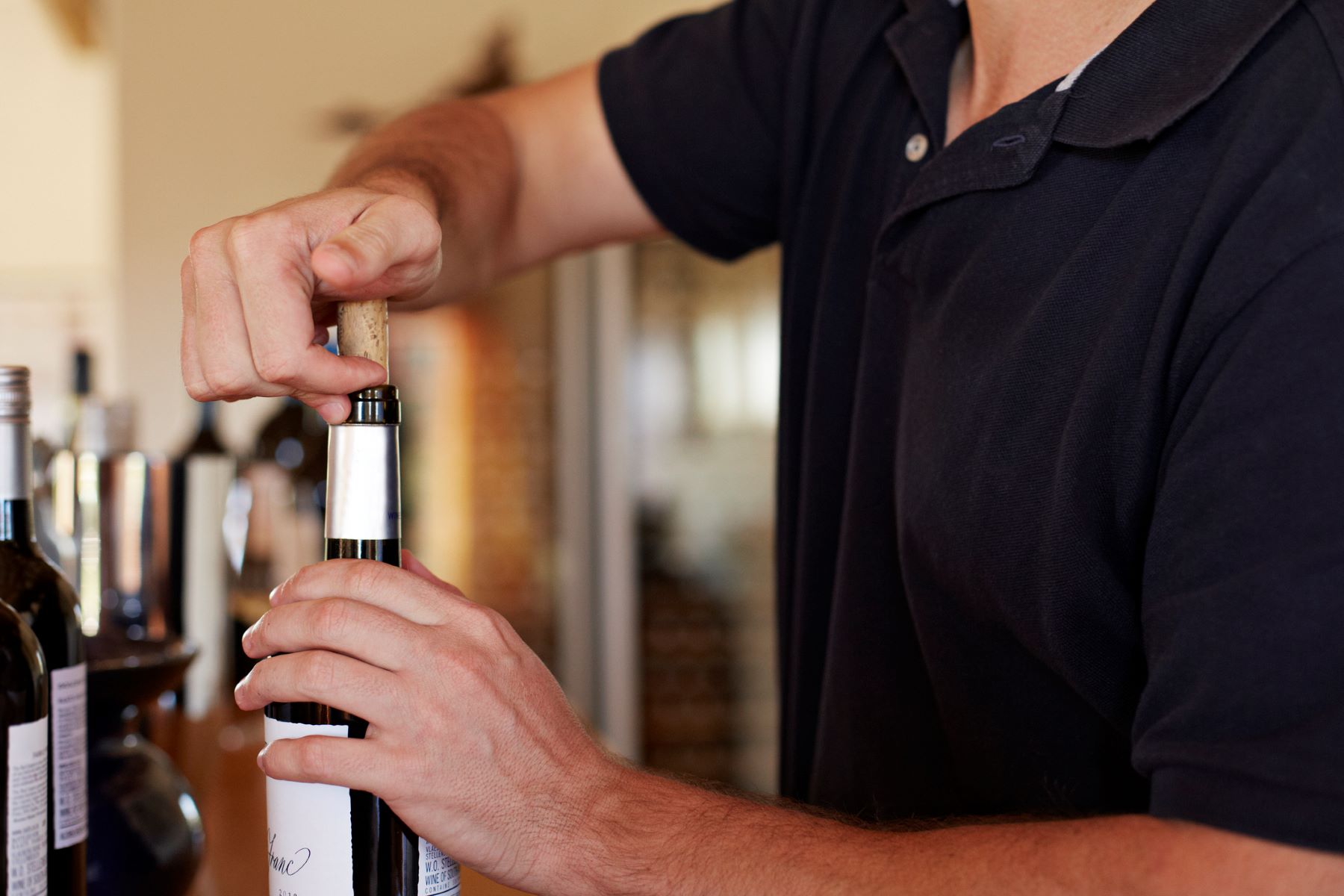
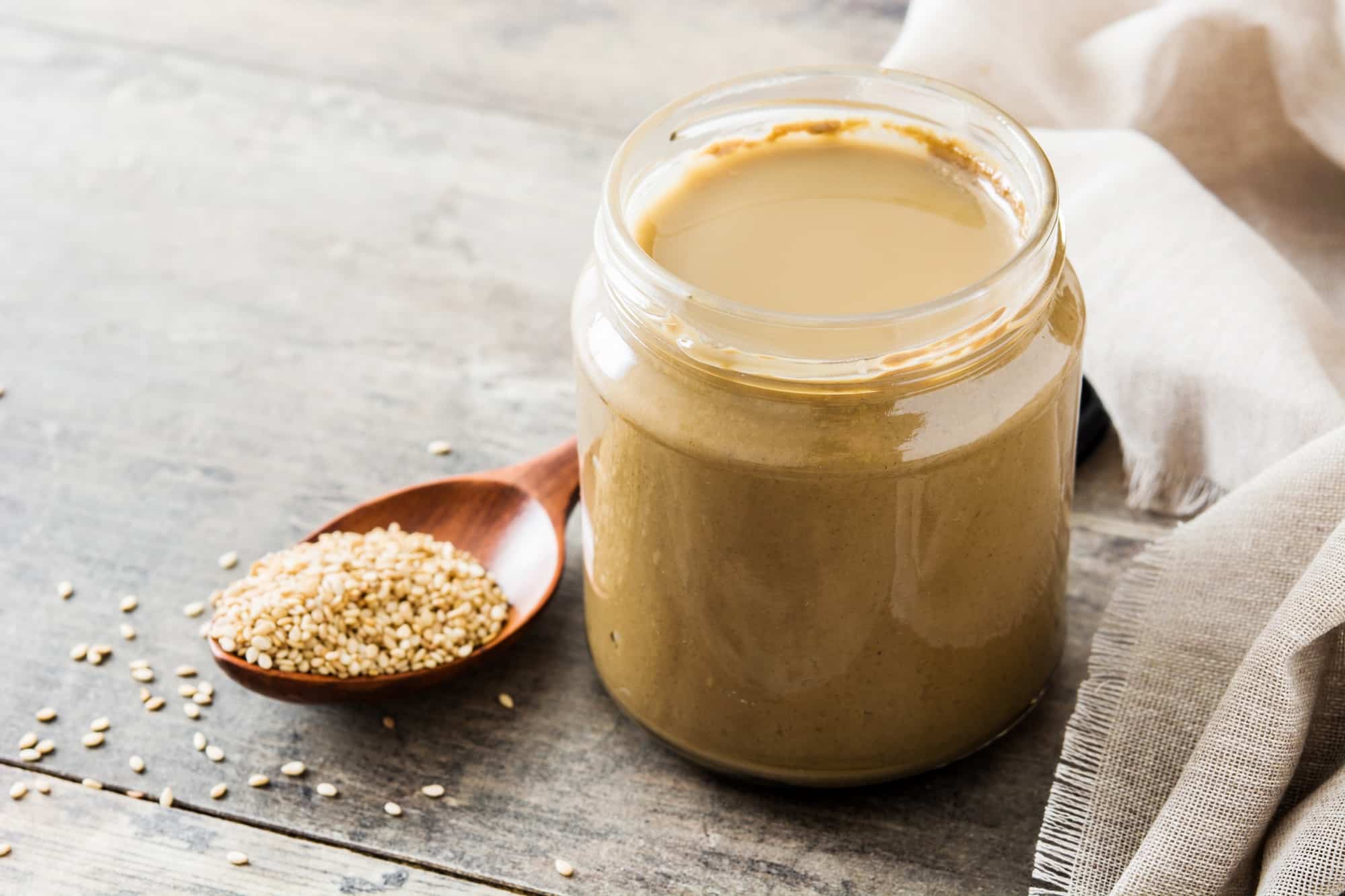





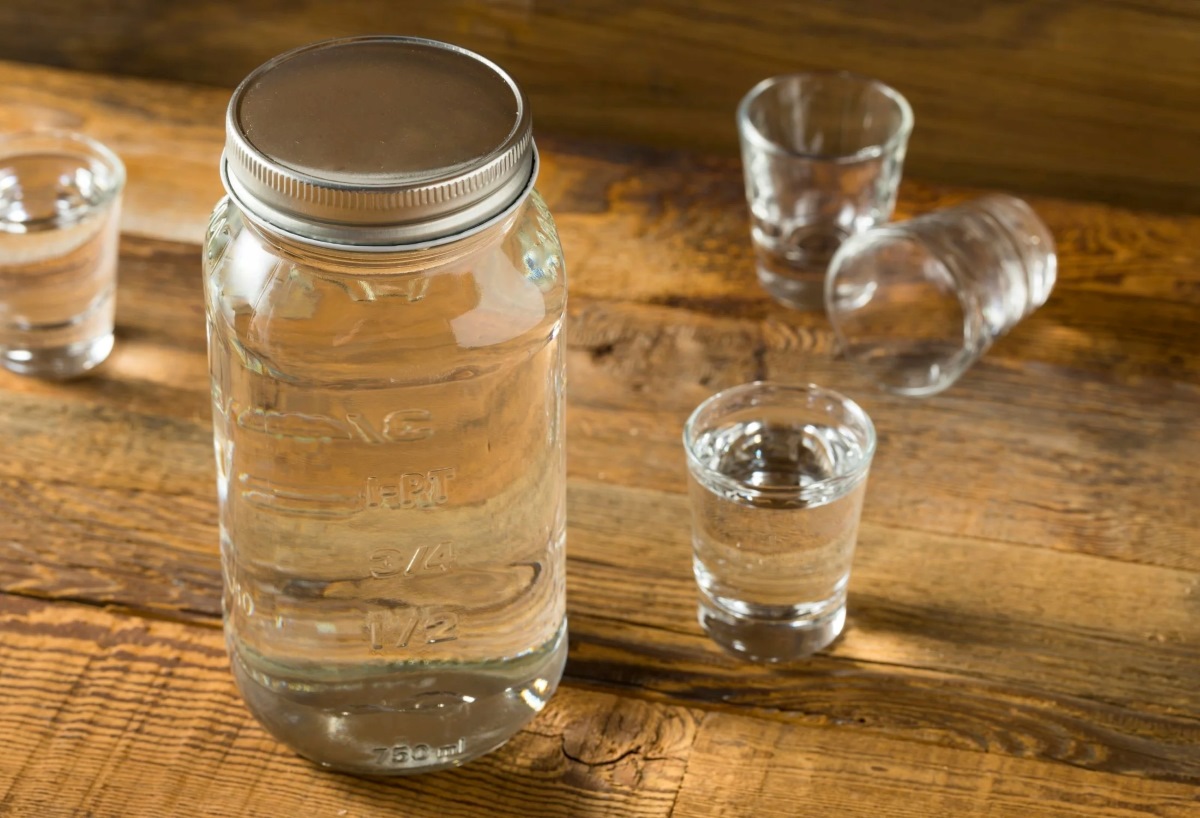


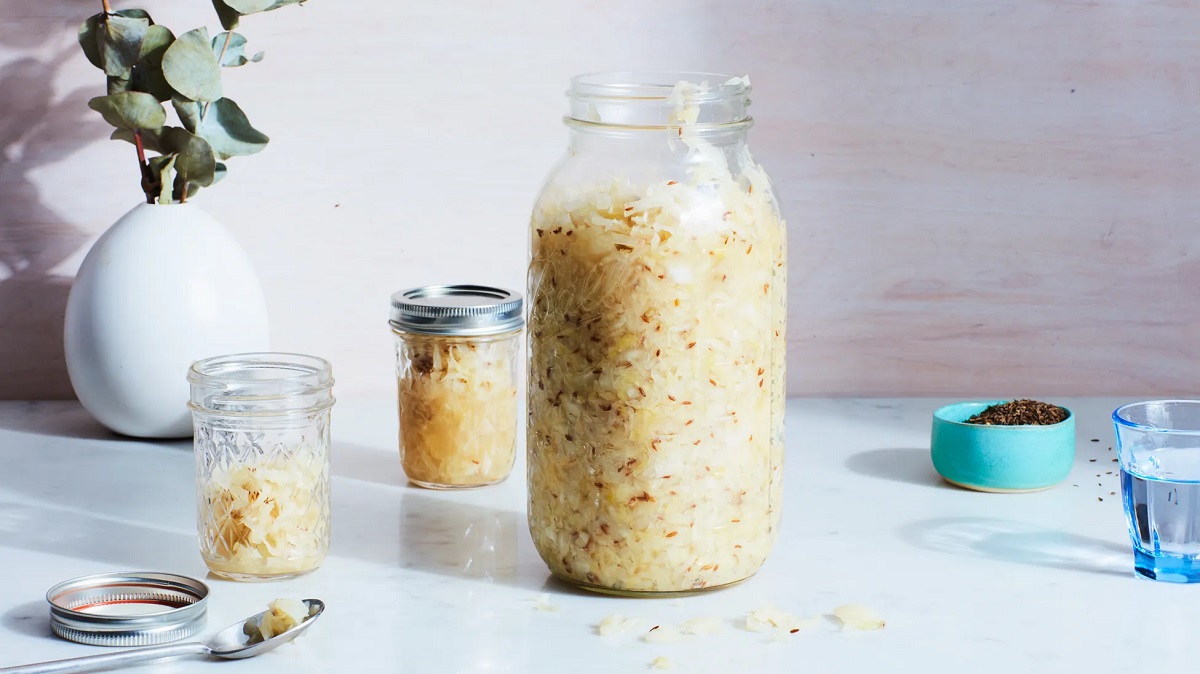
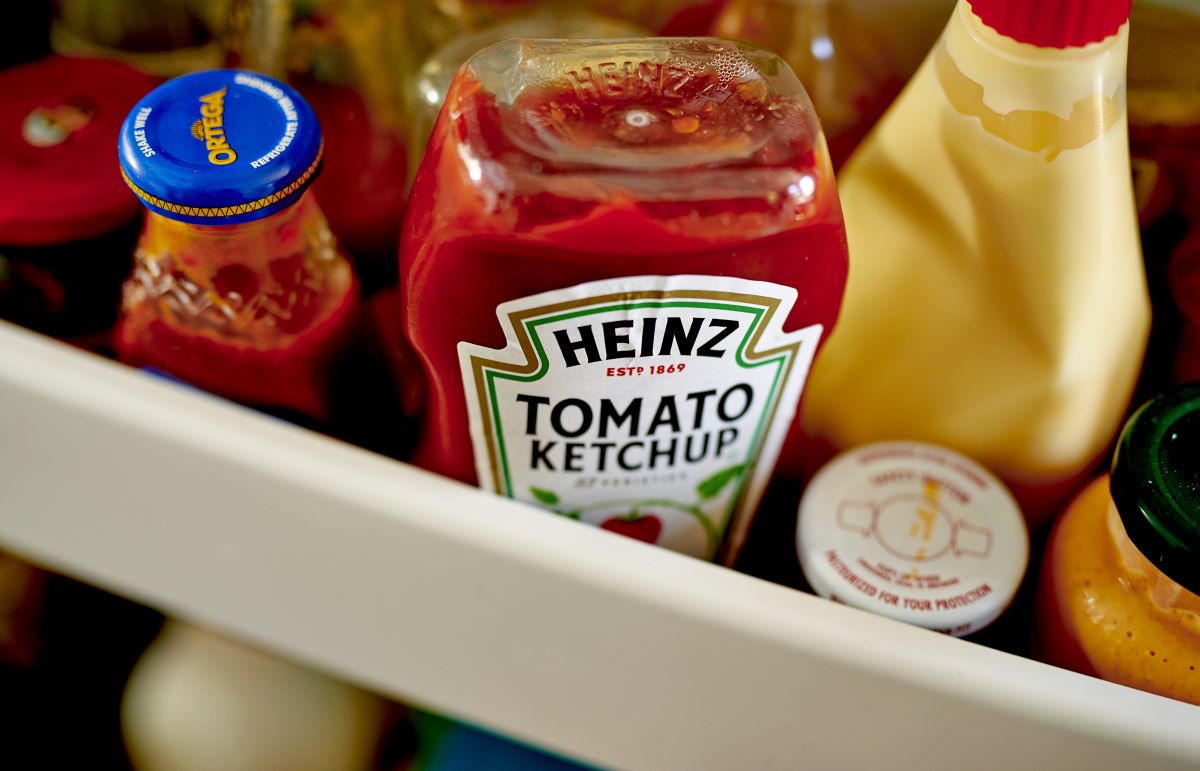
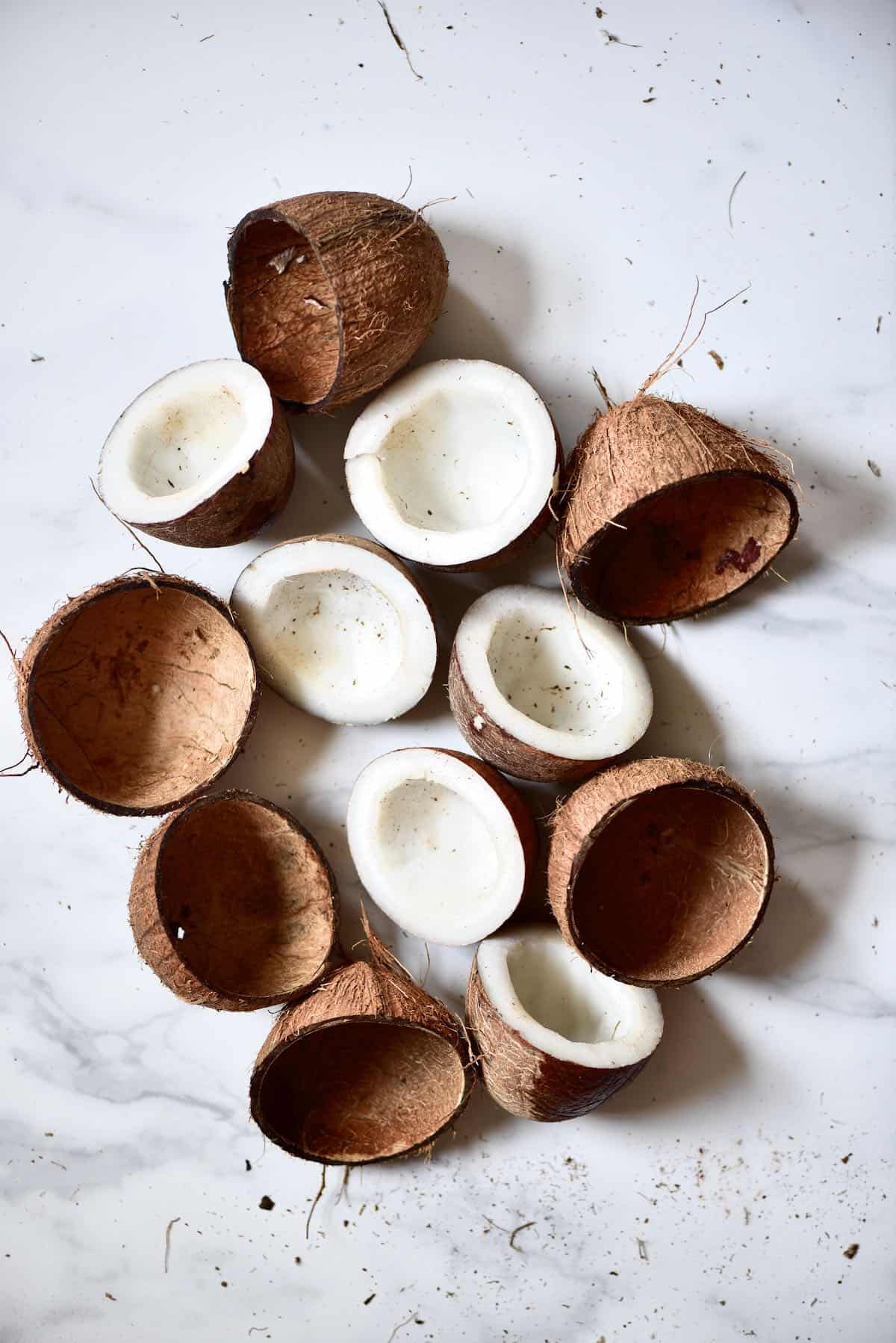


0 thoughts on “How To Store Polymer Clay After Opening”